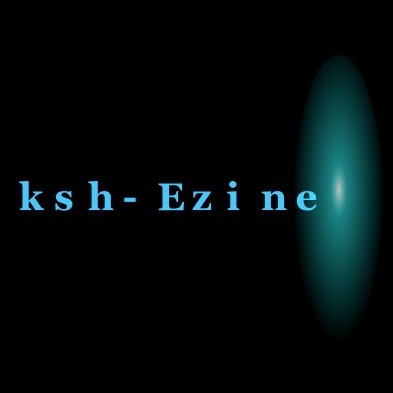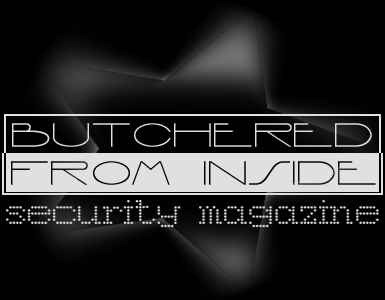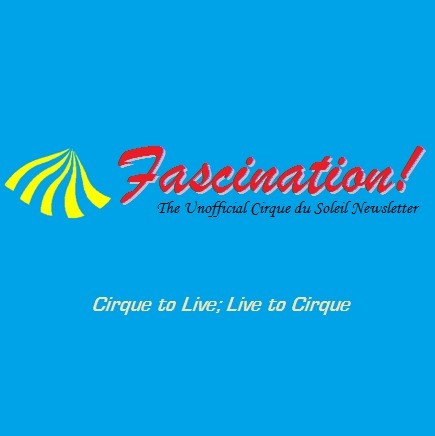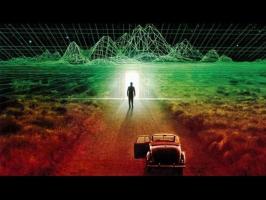Copy Link
Add to Bookmark
Report
Heartbeat 04

From cclash@web.net Wed Sep 11 14:29:14 1996
Date: Wed, 11 Sep 96 12:46:44 -0400 (EDT)
From: "Jocelyn J. Paquette Bob Ewing" <cclash@web.net>
To: ftp@etext.org
Subject: Heartbeat#4
@~@~@~@~@~@~@~@~@~@~@~@~@~@~@~@~@~@~@~@~@~@~@~@~@~@~@~@~@~@~@~@
HEARTBEAT #4 a free weekly email exploration of late 1990s
culture both on and off the Net.
url: http://www.izad.com/cultureclash. published by
Culture Clash Communications
cclash@web.net
@~@~@~@~@~@~@~@~@~@~@~@~@~@~@~@~@~@~@~@~@~@~@~@~@~@~@~@~@~@~@~@
STRAIGHT FROM THE HEART:
Talking TV:
I like watching television. My program choices vary from
sitcoms {Frazier, Roseanne, Grace Under Fire} to dramas {NYPD
Blues} to gradening shows {The Cottage Garden, Quest for The
Rose}. I'm also a big Blue Jays fan.
Despite this, I sense that much of what I watch, excluding
the ads, is propoganda rather than programming. First let me
state that I believe that the reason tv exists is to deliver a
maximum audience to advertisers. The shows we see promote a
consumer lifestyle that involves living in a state of continuous
purchasing.
Without question advertising is propoganda, information that
is designed to influence your behaviour. It is pervasive and
highly intrusive. I tape much of what I watch so that I can fast
forward through the commercials. Taping also enables me to watch
programs when I choose.
I even tape Blue Jays baseball for watching late night, my
favourite time for tv watching. I avoid the late tv news, easy to
do as it is mostly content free, and as I don't have cable, there
is often little on past midnight.
Of course my trips to Toronto, where the hotel room comes
with cable, indicate that it would be little improvement.
Infomercials predominate.
Overall television may be an intellectual wasteland but
there are oasises out there and with a vcr you can arrange your
own safe place for enjoying them.
ACTION PLAN:
Take a few minutes, sometime this week, and think about
what you are wearing. Are you wearing anything that you made?
Are you wearing anything made my friend or family? Are you
wearing anything made by someone you know? Do you have any
idea of who made any item you are wearing; what about your
shoes?
Do you know anything about the working conditions where any
item you are wearing was made? How much the workers were paid?
How they were treated? How about the environmental impact?
Consider your answers to these questions. The money you spend on
clothes can make a difference.
STAR TREK: THIRTY YEARS OF STORYTELLING
by Jocelyn J. Paquette
The original Star Trek opens informing the audience that they are
about to embark upon a journey, "to boldy go where no ..."; this
classic storytelling technique dropped us into the Star Trek
universe and most importantly aboard the U.S.S. Enterprise. The
nature or feel, if you like, of the series reminds us of
something we relate to as it comes from our own experience. No
matter were you were from storytelling was part of your heritage.
We embraced the welcome and succumbed to the hypnotic allure of
the speaker. Whether it was William Shatner as Captain Kirk or
Patrick Stewart as Jean-Luc Picard, the stardate and opening
remarks of their situation, gave us a sense of time and space.
In Deep Space Nine Commander Sisko, actor Avery Brooks, shares
the narrator duty with various regulars. It could be Major Kira
telling of a Klingon ship coming through the worm hole or Odo
complaining that Starfleet's reporting mechanism is cumbersome.
Kate Mulgrew's Captain Katherine Janeway of the Starship Voyager
leads the narration. The narrator or storyteller remains
constant throughout the shows.
During these articles the question I wanted to bring out was not
so much why Star Trek was the phenomenon it was but why it
continues to be? Is it the storytelling format that draws us
into this future world? We have as part of our heritage as human
beings the shared power of the oral tradition. Some cultures
have remained stronger and maintained the tradition to present
day but all peoples supported to some extent the sharing of
events, stories to warn small children of dangers even stories
for wooing a loved one. The heritage of passing down
experiences, stories, humorous anecdotes, riddles, parables
belongs to us. The oral tradition is a form of life experience
that is common to all cultures.
"Space, the final frontier, these are the voyages of the Starship
Enterprise. It's five year mission to explore strange new
worlds, to seek out new life and new civilisations. To boldly go
where no man has gone before". The invitation was like asking
you to sit down near me and let me tell you a story.
"Stardate 3025.3" Kirk and some of the members of the Enterprise
crew were about to begin a "Shorelive" (OST, 1966) on a
previously chartered planet. The white rabbit is our first clue
that this idyllic planet has some secrets. Dr. McCoy simply
thinks about Lewis Carroll's creation of Alice and the little
girl and the rabbit appear. The use of literary and historical
events was connected closely to the familiarity that storytelling
provides the viewer.
"Requiem for Methuselah" (OST, 1969) brought famous characters
from history to us. Da Vinci, Brahms, Galileo had been our
mister Flint. An immortal, he lived lives till he needed to
disappear and start anew elsewhere. Shakespeare becomes a
vehicle in which Data can learn about the human condition.
"Darmok" (TNG 1991) brings Picard and the captain of alien ship
together on planet where they must learn to communicate with
other. Once understanding that the Tamarians speak in metaphors
Picard came to realize that the Tamarian Captain sought peace and
contact with the Federation.
The culmination for me about the storytelling technique of Star
Trek and how much it had become a part of the very essence of
what the adventures were was the episode entitled "The
Storyteller" (DS9 1993) a planet was brought to peace by
fabricating a menace that could eradicate them. Every year a
ceremony was performed that evoked the spirit in order to pledge
themselves to continued peace among the inhabitants. Only the
storyteller or the Sirah of the village knew that Dal'Rok was
merely an illusion. That secret would be passed down from Sirah
to Sirah.
The millennium will bring about changes and transformations for
all of us. In an age where instant communication is an everyday
occurrence, where we can send and receive information from
between continents as easily as across town I hope storytelling
remains the rich and treasured gift for all. The year 2000 and
Star Trek belong to each other. Assured in the annals of our
shared realities and love for the "possibilities" Star Trek has
secured its future in our hearts.
"LIVE LONG AND PROSPER, PEACE AND LONG LIFE"
N.B. Facts and title information for all four articles were
gleaned from the following Star Trek resource materials.
1) The Star Trek Encyclopedia: A Reference Guide to the Future,
by Michael Okuda, Denise Okuda and Debbie Mirek, Pocket
Books, 1994.
2) Star Trek Concordance, by Bio Trimble & Paramount Pictures,
Ballantine Books, 1976.
3) The Star Trek Compendium by Allan Asherman & Paramount
Pictures, Pocket Books, 1989.
4) The Star Trek The Next Generation Companion by Larry Nemecek
& Paramount Pictures, Pocket Books, 1992.
Other information from the motion pictures, television episodes,
comic books, aniteds as 30 years of personal experience as a fan.
----
Live in a rural area or a small town, then the following may
interest you:
-------------- CONTACT INFO & INSTRUCTIONS -------------
The Update is delivered twice per month by E-mail. Please send a
message using the following format:
TO: ruralupdate@lists.aspeninst.org
SUBJECT: subscribe
BODY: Your name, organization, mailing address, phone & fax
E-mail address and WWW site (if you have one).
If successful, within an hour you will receive confirmation and
the most recent issue. Be advised this subscribing format varies
somewhat from other listserves.
Archives from past years are currently posted on HandsNet at
http://www.handsnet.org/handsnet in the Rural Issues forum. A
trial subscription is free. By October 1996 I should have a
"Best of Rural Update" selection available on the Aspen Institute
Web site: http://www.aspeninst.org/rural.
You are encouraged to photocopy the Update and distribute it
around your office. However, if you plan to circulate the Update
electronically on a regular basis please contact us first for
permission. Copyright 1996 by the Aspen Institute.

















